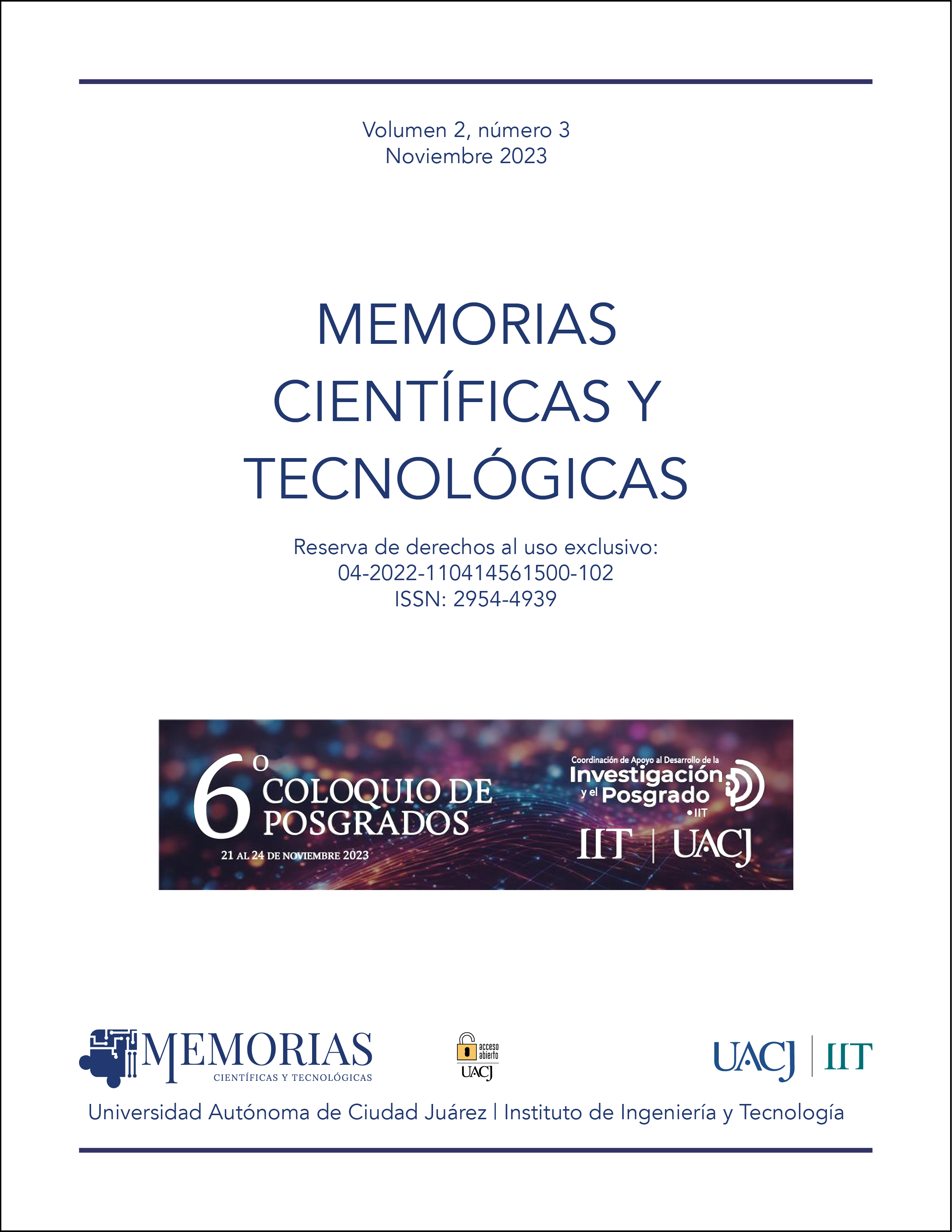Optoelectrical study of an organic photovoltaic device : 6CP23-3
In the present work, membranes based on a phenanthroline derivative (GBB) were developed and we reported the lowest functional concentration. The processes used were solution mixing and the solution casting technique in GBB/PVA-PEG/Nps structure of Cu, CdS or PANI. The characterization so far allowe...
Saved in:
| Main Authors: | , , , |
|---|---|
| Language: | spa |
| Published: |
Instituto de Ingeniería y Tecnología - Universidad Autónoma de Ciudad Juárez
2023
|
| Subjects: | |
| Online Access: | http://erevistas.uacj.mx/ojs/index.php/memoriascyt/article/view/6138 |
| Tags: |
Add Tag
No Tags, Be the first to tag this record!
|
| Summary: | In the present work, membranes based on a phenanthroline derivative (GBB) were developed and we reported the lowest functional concentration. The processes used were solution mixing and the solution casting technique in GBB/PVA-PEG/Nps structure of Cu, CdS or PANI. The characterization so far allowed for chemical, optical, microstructural, thermogravimetric, and electrical analysis. The optical effect observed in the membranes was 0.86% absorbance (A.U), adjusting the absorption by adding doping with CuNps and PANI which showed a hyperchromic adjustment of 88.37% associated with a totally organic doping. In addition, the band gap calculated by the Tauc method using the OriginPro 8.5 software is presented. Among these dopings, the CuNps give the band gap of 1.99 eV. However, without doping and increasing the concentration to 3.9x10-5 moles of GBB, the band gap is reduced to 1.49 eV. Excellent data when the proposed application is for photovoltaic effect. |
|---|---|
| ISSN: |
